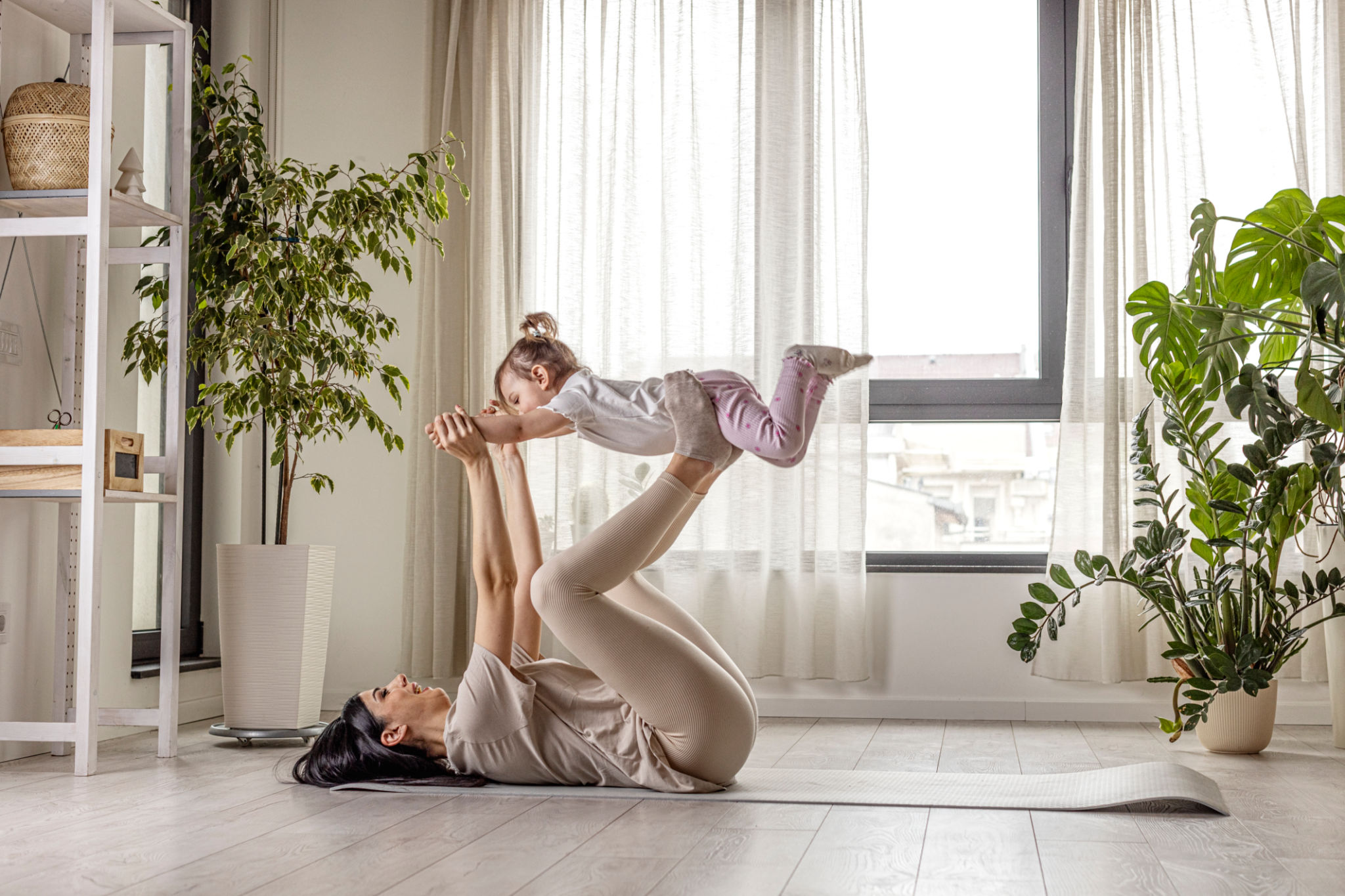Common Myths About Kids Yoga Debunked
Understanding Kids Yoga: Separating Fact from Fiction
As the popularity of yoga continues to grow, it's no surprise that kids yoga is becoming more widespread. Despite its rise, several myths about kids yoga still persist, leading to misconceptions among parents and educators. In this post, we aim to debunk some of the most common myths and shed light on the true benefits of yoga for children.

Myth 1: Kids Yoga is Just for Flexible Kids
One of the most prevalent myths about kids yoga is that it is only suitable for children who are naturally flexible. However, flexibility is not a prerequisite for practicing yoga. The practice is about meeting each child where they are, helping them develop their physical abilities at their own pace. Yoga encourages body awareness and self-acceptance, making it accessible for all children, regardless of their flexibility levels.
Moreover, yoga can help improve flexibility over time. It provides a supportive environment where children can gently stretch and strengthen their muscles while learning to listen to their bodies.
Myth 2: Yoga is Too Slow and Boring for Kids
Another misconception is that yoga is too slow-paced and dull for children. While traditional adult yoga classes may emphasize slow, meditative movements, kids yoga classes are designed to be engaging and dynamic. They often incorporate games, stories, and songs to keep children interested and entertained.

In fact, kids yoga can be quite energetic, offering a fun way for children to expend energy while enhancing their focus and concentration. This blend of movement and mindfulness can help children develop important skills that benefit them both in school and at home.
Myth 3: Yoga is a Form of Religion
A common concern among parents is that yoga may be tied to religious practices. However, yoga, especially as practiced in a children's setting, is secular and focuses on physical postures, breathing exercises, and relaxation techniques. It does not involve any religious rituals or beliefs.
The primary goal of kids yoga is to promote physical health and emotional well-being. The practice encourages mindfulness, self-control, and relaxation, providing children with tools to manage stress and emotions effectively.

Myth 4: Kids Yoga Requires Expensive Equipment
Some parents worry that enrolling their children in yoga classes will require a significant financial investment in specialized equipment. However, kids yoga is quite accessible and does not require expensive gear. A simple mat and comfortable clothing are typically sufficient for participating in a class.
Many yoga poses can be practiced without any equipment at all, making it easy for families to try yoga at home. This makes it an affordable option for those looking to introduce their children to the benefits of yoga without breaking the bank.
Embracing the Benefits of Kids Yoga
By debunking these common myths about kids yoga, we hope to encourage more families to explore this enriching practice. Yoga offers numerous benefits for children, from enhancing physical health to fostering emotional resilience and focus.
Ultimately, kids yoga provides a nurturing environment where children can grow both physically and emotionally. By embracing the true essence of yoga, we can help our children develop lifelong skills that contribute to their overall well-being.
